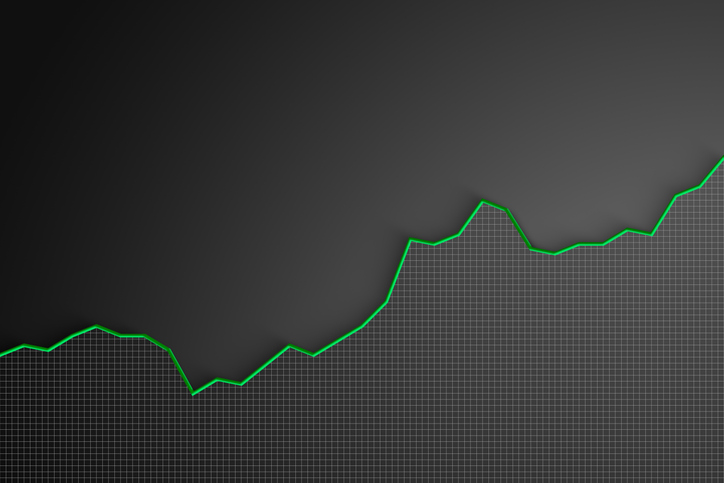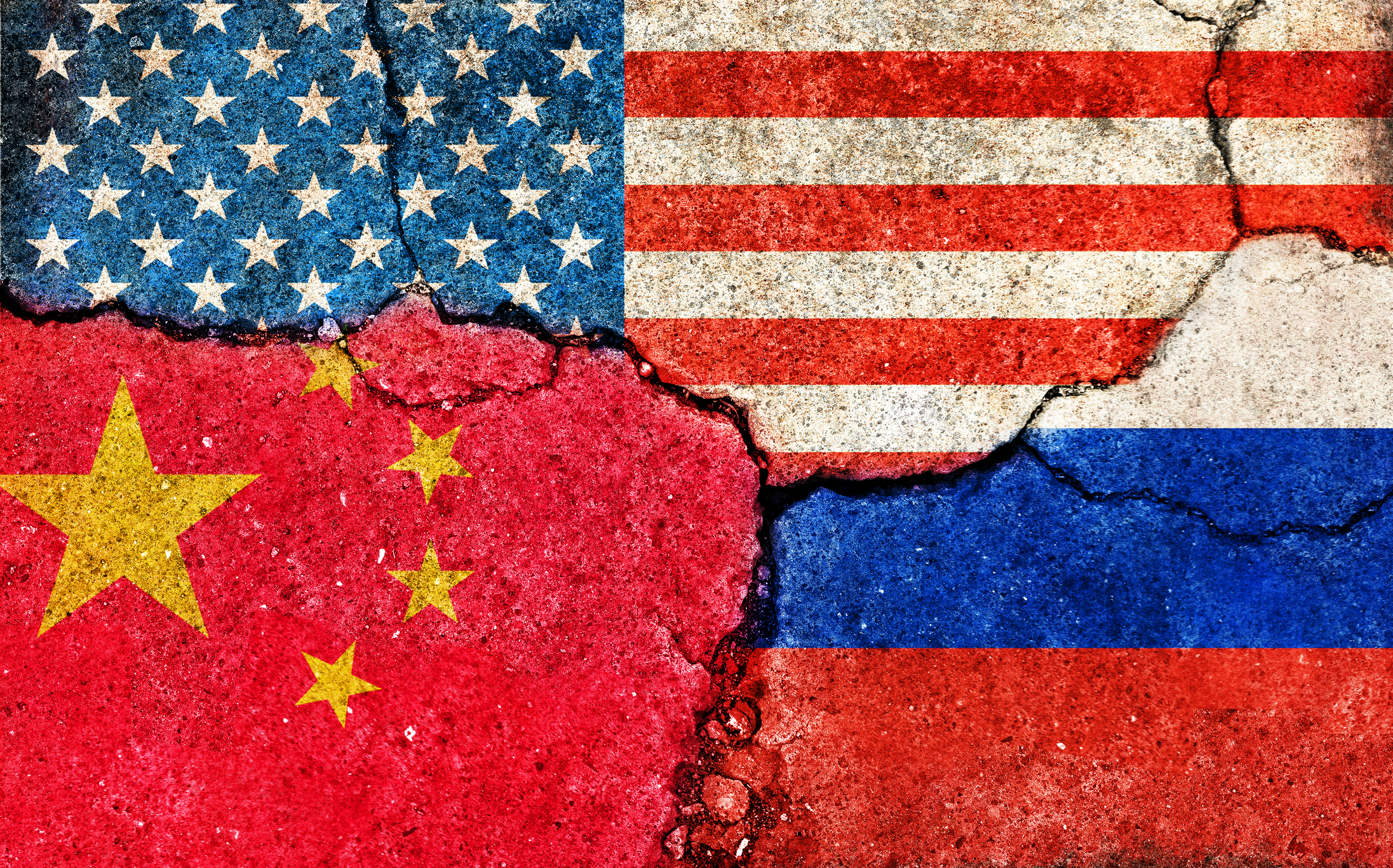China's Currency Move Eases Tension
But doing more to raise the yuan's value and rebalance trade could create thousands of American jobs.

China’s announced change in exchange rate policy is just a start, though it does mark an important step in the direction of a more balanced economic relationship with the United States. Even if the same 18% appreciation achieved from 2005 to 2008 -- before the global economic downturn prompted the Chinese government to put a halt to the policy -- were duplicated in the next three years, the imbalance would remain. And that’s both damaging and dangerous.
China’s undervalued yuan clearly provides the country with a huge competitive advantage. In a 2007 survey of estimates, all but one of 18 studies concluded that the yuan was undervalued vis-à-vis the U.S. dollar, with an average undervaluation of 40%. More recently, the conventional wisdom puts the yuan’s undervaluation today at 24% to 30%.
Regarding merchandise trade, America ran a $231-billion deficit with China over the past year, accounting for 42% of the $547-billion U.S. total. But the impact of China’s exchange rate policies stretches beyond that, because some of China’s neighbors manage their exchange rates to preserve their competitiveness against the Asian giant’s exports in third markets. So their currencies are also undervalued relative to the American greenback. U.S. trade with Taiwan, Vietnam, Malaysia and China together accounts for fully half of America’s trade deficit.

Sign up for Kiplinger’s Free E-Newsletters
Profit and prosper with the best of expert advice on investing, taxes, retirement, personal finance and more - straight to your e-mail.
Profit and prosper with the best of expert advice - straight to your e-mail.
The undervaluation isn’t, of course, entirely a bad thing. After all, cheap goods from China lower living costs here, stretching the value of the dollar. But there are reasons China’s undervalued currency is especially problematic right now.
Cheap goods aren’t a big priority for America at present. Thanks to the resource slack created by the Great Recession, inflation is already low, at around 1%, and further declines wouldn’t be especially welcome.
And the trade deficit with China directly translates into lost output and jobs. When unemployment was under 5%, that wasn’t a pressing issue. Now that the jobless rate is closer to 10%, it’s a political and economic albatross. Given a rule of thumb that says each $1 billion of net exports creates 7,000 jobs, trimming the Chinese trade deficit in half would create roughly 800,000 desperately needed jobs.
This brings us to the second aspect of the unbalanced economic relationship with China: investment. In the absence of Chinese intervention, the Asian country’s trade surplus with the U.S. would naturally lift the value of the yuan as U.S. demand for yuan-based merchandise vastly exceeded Chinese demand for dollar-based merchandise. Since that’s antithetical to China’s export-based economic growth strategy, Beijing limits the yuan’s appreciation by recycling its trade dollars back into U.S.-denominated assets, especially Treasury securities. This, too, isn’t altogether bad; it helps keep our interest rates low and buoys the sluggish U.S. economy.
U.S. dependence on large, persistent investment flows from China is scary, however. Any abrupt cessation of Chinese investment (if not offset by larger inflows from elsewhere) would drive up U.S. interest rates, presenting a menacing economic risk. Just as Greece had to scramble to appease foreign investors losing their confidence, so, too, might the U.S. become beholden to China if it quit the market for U.S. assets.
Fortunately, the risk isn’t entirely one-sided. China owns more U.S. securities than any other foreign investor, and it has an enormous pile of foreign exchange reserves to show for it. The precise value of dollar based assets in this stash isn’t known for sure, but it’s easily around $2 trillion. So China has a huge stake in the American economy, and any fiscal problems of ours are major concerns of theirs. That’s why, for example, the People’s Bank of China was among the first phone calls then-Treasury Secretary Henry Paulson made when nationalizing Fannie Mae and Freddie Mac. In addition, any appreciation of the yuan also translates into direct losses on China’s portfolio of U.S.-denominated assets. A 20% appreciation translates into a loss of $400 billion, for example.
The good news is that China has nothing to gain and a lot to lose in this complex and unhealthy relationship -- a relationship sometimes described as MAD, an acronym borrowed from the nuclear doctrine of mutually assured destruction. The blowback from an “attack” by one on the other would be severe enough to act as a deterrent.
Get Kiplinger Today newsletter — free
Profit and prosper with the best of Kiplinger's advice on investing, taxes, retirement, personal finance and much more. Delivered daily. Enter your email in the box and click Sign Me Up.

-
 Stock Market Today: Stocks Soar on China Trade Talk Hopes
Stock Market Today: Stocks Soar on China Trade Talk HopesTreasury Secretary Bessent said current U.S.-China trade relations are unsustainable and signaled hopes for negotiations.
By Karee Venema
-
 2026 Disney Dining Plan Returns: Free Dining for Kids & Resort Benefits
2026 Disney Dining Plan Returns: Free Dining for Kids & Resort BenefitsPlan your 2026 Walt Disney World vacation now. Learn about the returning Disney Dining Plan, how kids aged three to nine eat free, and the exclusive benefits of staying at a Disney Resort hotel.
By Carla Ayers
-
 The Economic Impact of the US-China Trade War
The Economic Impact of the US-China Trade WarThe Letter The US-China trade war will impact US consumers and business. The decoupling process could be messy.
By David Payne
-
 AI Heads to Washington
AI Heads to WashingtonThe Kiplinger Letter There’s big opportunity for AI tools that analyze MRIs and other medical images. But also big challenges that clinicians and companies will have to overcome.
By John Miley
-
 The AI Doctor Coming to Read Your Test Results
The AI Doctor Coming to Read Your Test ResultsThe Kiplinger Letter There’s big opportunity for AI tools that analyze CAT scans, MRIs and other medical images. But there are also big challenges that human clinicians and tech companies will have to overcome.
By John Miley
-
 The New Space Age Takes Off
The New Space Age Takes OffThe Kiplinger Letter From fast broadband to SOS texting, space has never been more embedded in peoples’ lives. The future is even more exciting for rockets, satellites and emerging space tech.
By John Miley
-
 Rising AI Demand Stokes Undersea Investments
Rising AI Demand Stokes Undersea InvestmentsThe Kiplinger Letter As demand soars for AI, there’s a need to transport huge amounts of data across oceans. Tech giants have big plans for new submarine cables, including the longest ever.
By John Miley
-
 What DOGE is Doing Now
What DOGE is Doing NowThe Kiplinger Letter As Musk's DOGE pursues its ambitious agenda, uncertainty and legal challenges are mounting — causing frustration for Trump.
By Matthew Housiaux
-
 A Move Away From Free Trade
A Move Away From Free TradeThe Letter President Trump says long-term gain will be worth short-term pain, but the pain could be significant this year.
By David Payne
-
 Trump’s Whirlwind Month of Crypto Moves
Trump’s Whirlwind Month of Crypto MovesThe Kiplinger Letter The Trump administration wants to strengthen U.S. leadership in the cryptocurrency industry by providing regulatory clarity.
By Rodrigo Sermeño